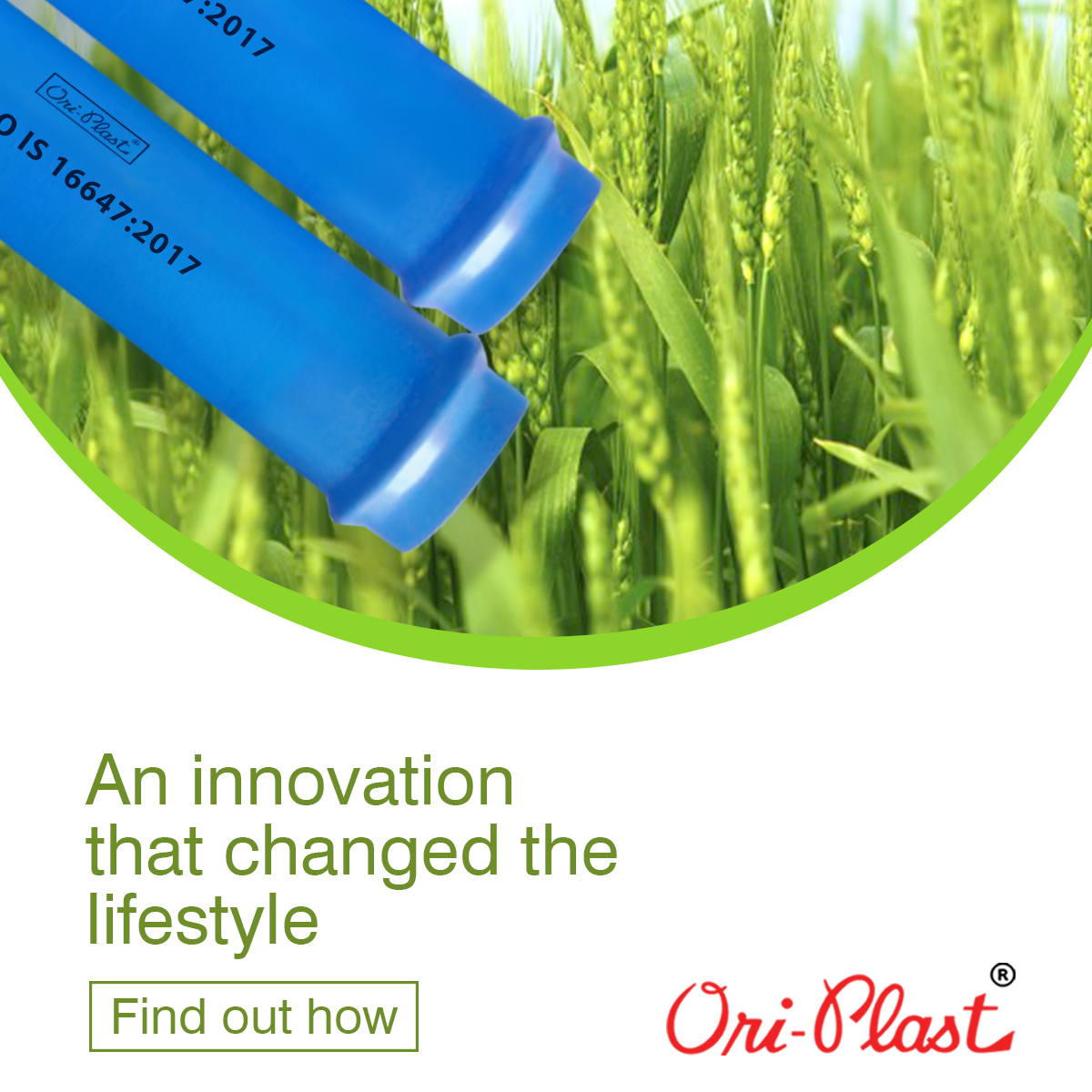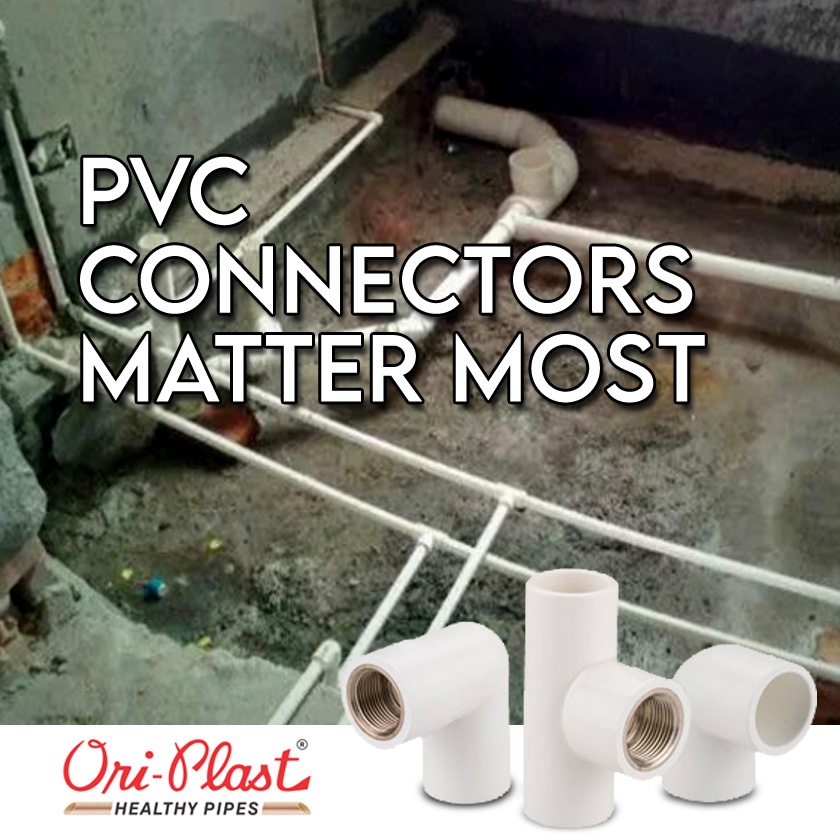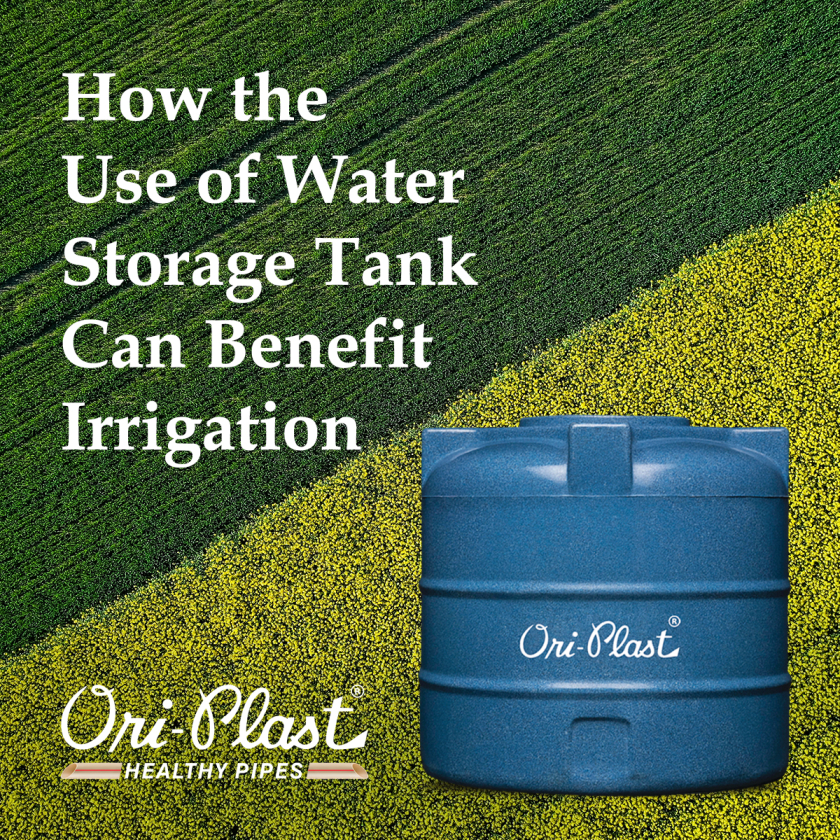Polyvinyl Chloride pipes, in short, PVC pipes, are widely recognized for their multiple benefits in various domestic, agricultural and industrial applications across the world. You may find PVC pipes and their variants being used to transport potable water, for plumbing, irrigation and many types of industrial applications concerning transport and distribution of fluids. PVC is said to be the 3rd most commercially manufactured plastics in the world today. But are you aware of the history of its discovery and gradual evolution to this wide scale of usage today? Let’s dig in.
PVC Pipes: The Origin
- More than one scientist stumbled upon the component known as PVC, in their pursuit of research works. In fact, French scientist Henri Victor Regnault and German chemistry researcher Eugen Baumann had both synthesized PVC in 1835 and 1872, respectively, but quite unintentionally. Hence, none of them paid any significant attention to this new material.
- PVC was first patented by another German chemist Friedrich Heinrich August Klatte in 1913 for his documented process of polymerizing vinyl chloride using sunlight.
- Even after this recognition, PVC still eluded industries due to its rigid and sometimes even brittle nature. It took more than a decade for scientists to develop a process of chemically taming this new thermoplastic.
- In 1926, Waldo Semon along with B.F. Goodrich Company, Charlotte, North Carolina, USA discovered the process of plasticizing PVC using various additives. This endowed PVC with a lot more flexibility and it became easier to process further as suitable for commercial uses.
- It was around 1932 when the first tubes were made using PVC in Germany.
- In 1935, Germany manufactured the first PVC pipes. Their low cost, low maintenance and versatile flexibility made them a popular choice for households very quickly afterwards.
- After WWII, the commercial production of PVC surged along with further innovations to make more user-friendly substances derived from PVC. For various commercial usages, PVC is mixed with lubricants, heat stabilizers, fillers, plasticizers like phthalic acid derivatives and other additives for ease of further processing.
- Thus the world was later introduced to CPVC (Chlorinated polyvinyl chloride), UPVC (Unplasticised polyvinyl chloride) etc.
- CPVC is produced by chlorinating PVC. It is considerably more flexible and can withstand higher temperature than regular PVC. Hence, it has wider industrial applications than PVC in general.
- UPVC on the other hand is a more rigid version of PVC and is used widely in the construction industry in many countries around the globe.
The Evolution of PVC Pipes
Common Uses and Variants of PVC Pipes
Reputed brands like Ori-Plast Limited manufacture PVC, CPVC and UPVC pipes along with fittings in different grades and thickness. These are suitable for varied practical purposes such as drip irrigation pipes, plastic PVC pipes for garden (hose), SWR (Soil- Waste-Rainwater) uPVC pipes, PVC-O pipes etc.
You can easily cut out the pipes using a simple PVC pipe cutter to fit into your required grove and their UV resistance property makes them safe to use in harsh outdoor conditions as well.
With multiple advantages like low cost, corrosion resistance, minimal maintenance and simple, quick installation, the PVC pipes and its variants have rightfully become the preferred choice in a wide range of industrial, agricultural, commercial, and residential applications.
If you found this discussion around the history and evolution of PVC pipes interesting, why not take a minute to share it so others can enjoy it too!




